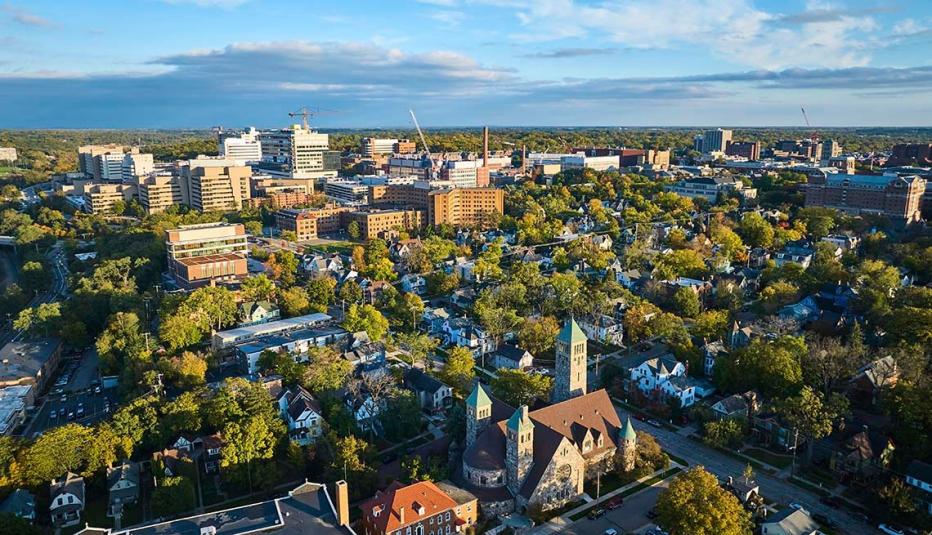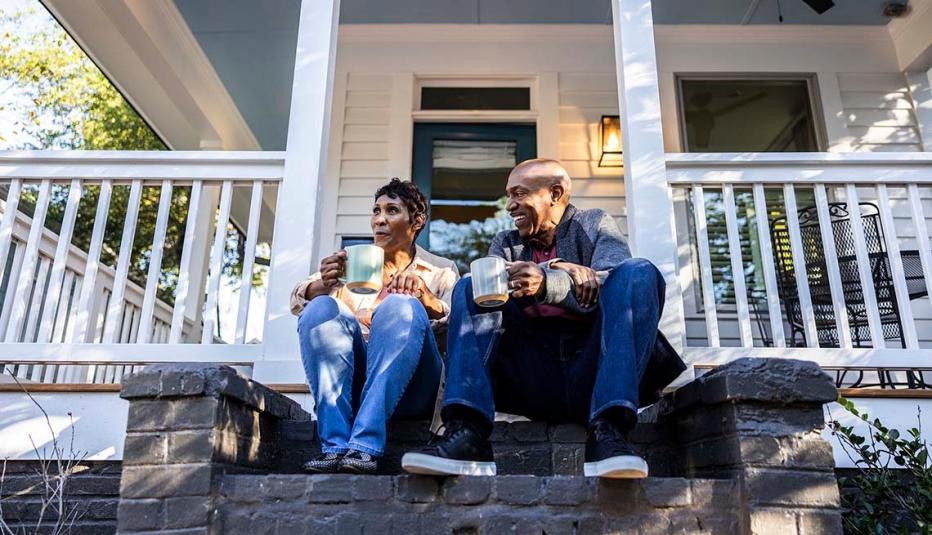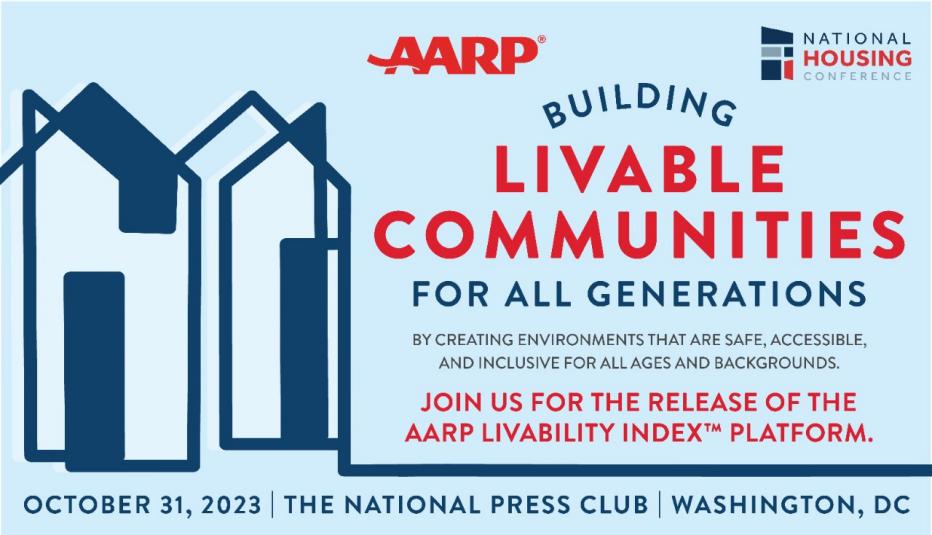AARP Hearing Center
Burlington residents consider the ability to age in the city
Residents of Burlington, Vermont are happy in their community but have concerns about remaining there as they age, a recent research study revealed.


The vast majority (81%) of adults 45 and older living in Burlington want to stay there. They worry, however, that cost increases, a lack of good housing options, and less-than-ideal pedestrian and street pathways could make it difficult to do so.
The findings come from an April 2025 study conducted by ANR Market Research for AARP. The study focused on how residents feel about housing, transportation and safety of Burlington’s streets and pathways.
Housing affordability and availability
Housing is the most pressing issue that Burlington residents would like community leaders to address. Rising property taxes, utility bills and maintenance costs all threaten the ability for aging residents to stay in their homes. A strong majority, 68%, say rising property taxes impact their ability to stay. "a lot."
Not only do residents want local leaders to work with lawmakers on addressing increasing housing costs, they also want decision makers to address the need for age-friendly housing that’s affordable. Approximately one in four residents are either looking to make a move within the city (10%) or thinking about it (17%). Reasons cited for a possible move include wanting a home that is better suited for aging, less expensive, or smaller.
Options in Burlington, however, are slim, they say. More than half do not see housing availability that is close to the center of town in Burlington, with 57% rating the options as fair or poor.. This is important because it facilitates independent access to needed destinations, a desire of 85% of residents.
Alternatives to driving
Most (81%) drive in Burlington. Although many older residents are still driving themselves, there is a recognition among many that this may change, with 64% concerned about when they can no longer drive. They worry about getting to work, the grocery store, or medical appointments. Also connected to the prospect of giving up driving: apprehension over social isolation.
While few currently bike (8%) or walk (26%), many support efforts to improve alternative transportation pathways. They recognize the need for protected bike lanes, and about a third say walkways and public bus service would benefit from some attention to ensure accessibility and that they are well maintained.
Methodology
The quantitative research study was conducted among Vermont residents 45 and older. Topics included health care, the economy, financial issues, Social Security, retirement, caregiving, transportation, housing and opinions of AARP. A total of 254 interviews were completed (73 via landline telephone, 43 via cell phone, 90 online, and 48 utilizing text-to-web methodology). Survey length averaged 18.3 minutes by telephone and 14.5 minutes online.
For more information, please contact Joanne Binette at jbinette@aarp.org. For media inquiries, contact External Relations at media@aarp.org.



































































